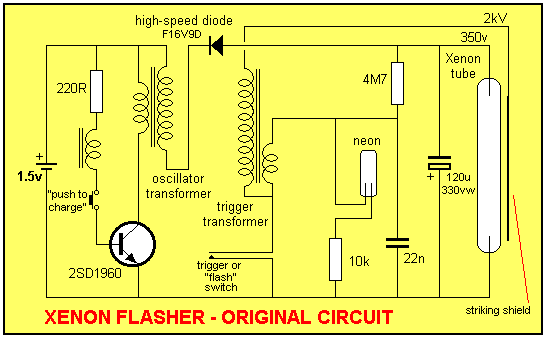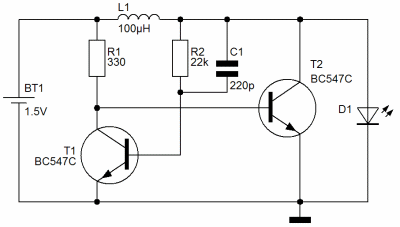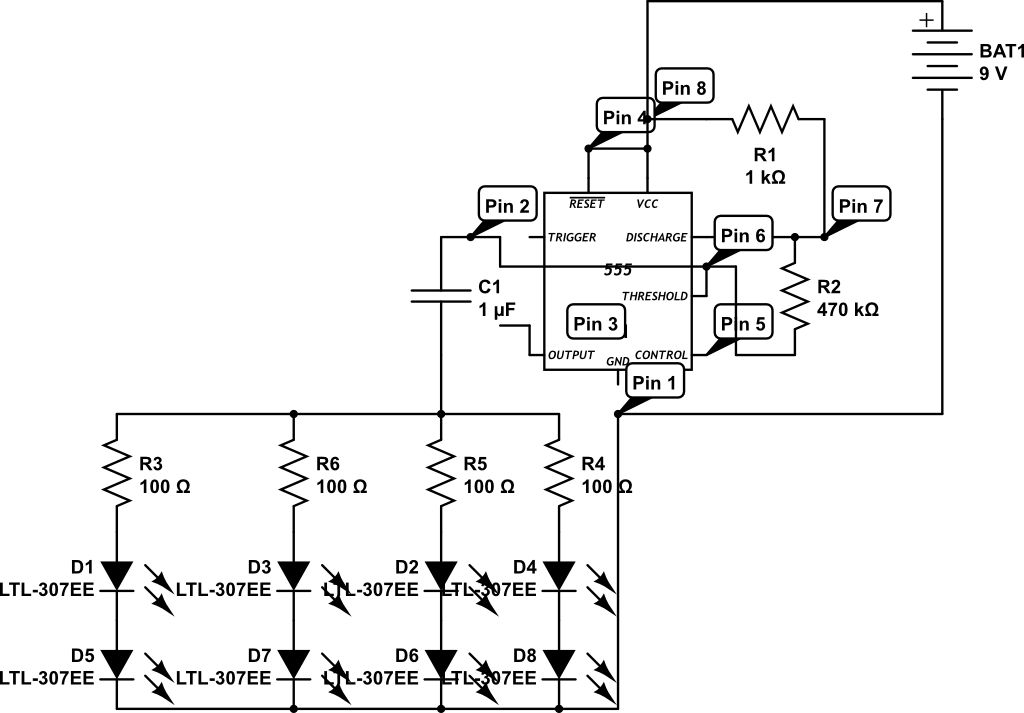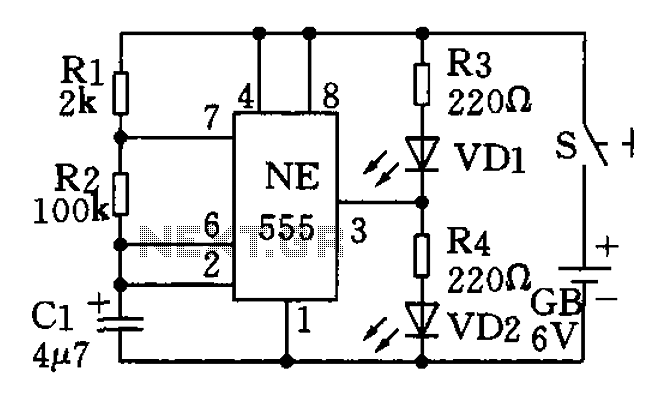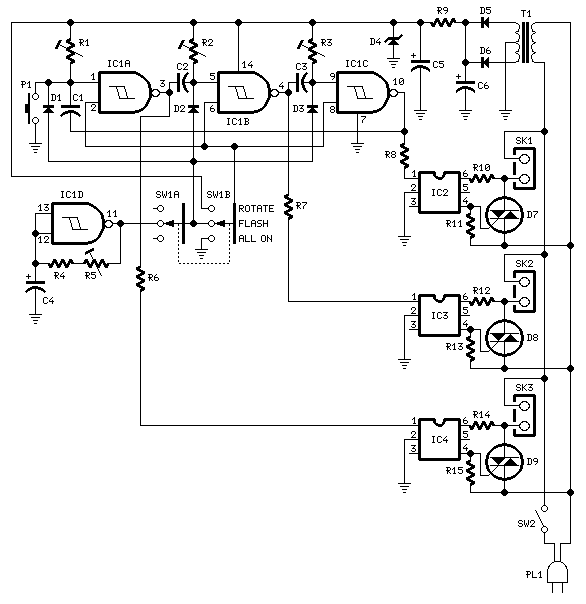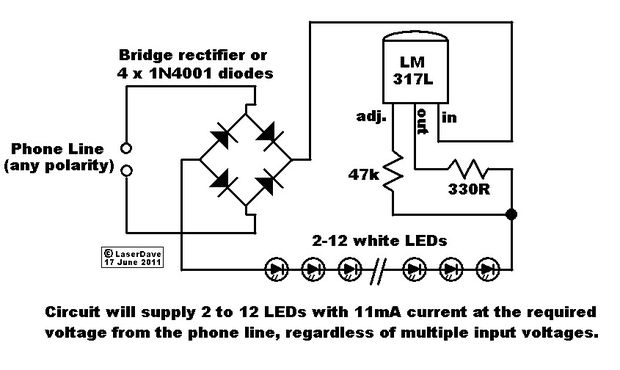
Flashing Flashlight
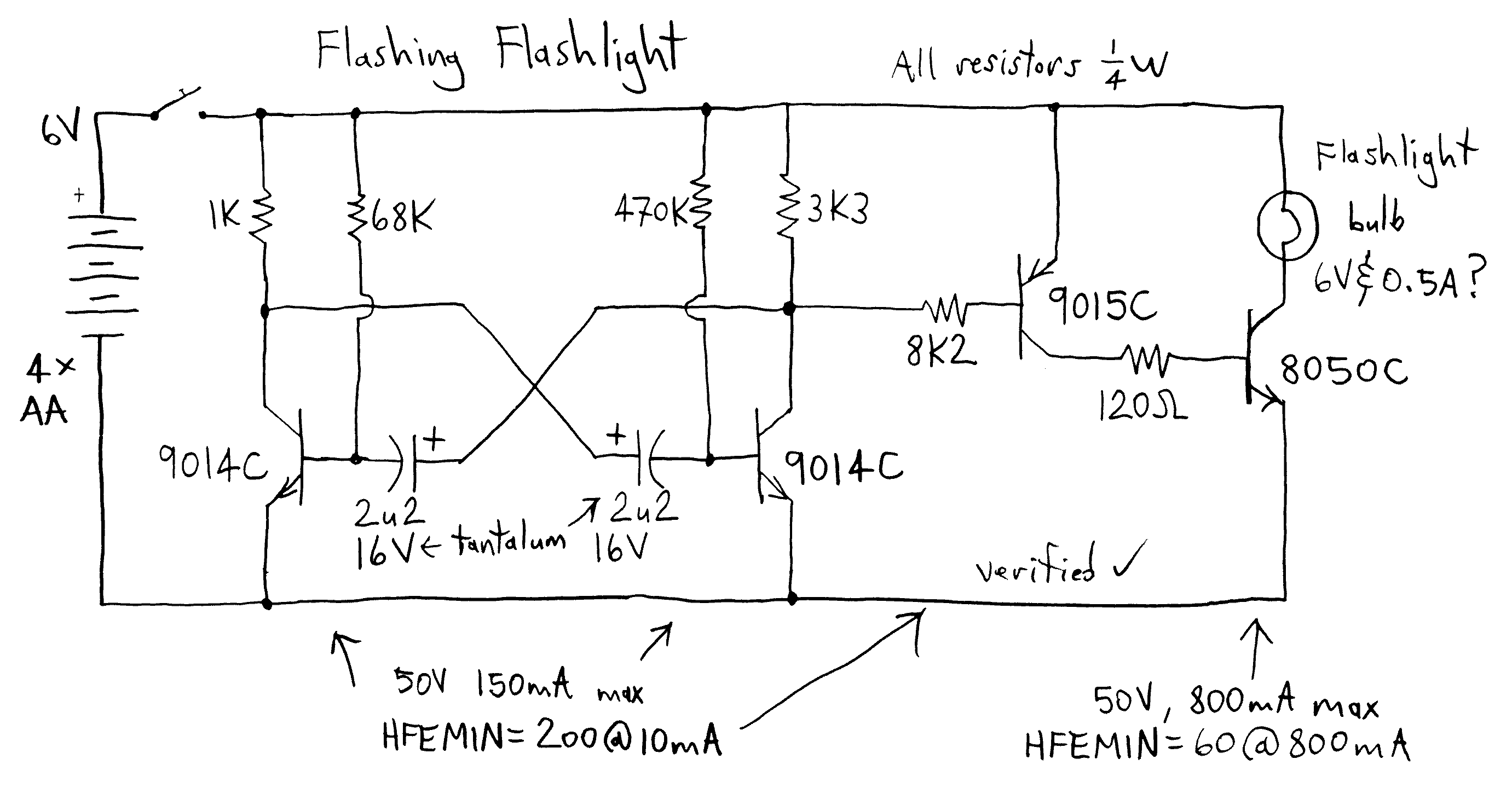
Pretty nice design for a cheap consumer grade flashlight. The power switch was not exactly as shown since there was an option to have the lamp on solid.
The described flashlight features a simple yet effective design aimed at consumer-grade applications. The circuit typically includes a power supply, a light-emitting diode (LED) or incandescent bulb, and a power switch. The power supply is often a battery, which can be either disposable or rechargeable, depending on the design specifications.
The power switch is a crucial component, allowing the user to toggle the flashlight on and off. In this instance, the switch provides two operational modes: a momentary on mode, where the lamp lights up only while the switch is pressed, and a solid on mode, where the lamp remains illuminated until the switch is toggled off. This dual functionality enhances usability, catering to different user preferences and usage scenarios.
The LED, if used, is favored for its energy efficiency and longevity compared to traditional incandescent bulbs. The circuit may also include a resistor to limit current flowing through the LED, ensuring it operates within safe parameters to prevent overheating and prolong its lifespan.
In summary, the flashlight's design emphasizes simplicity and functionality, making it an accessible option for everyday use. The inclusion of a versatile power switch enhances the user experience by providing flexibility in operation.Pretty nice design for a cheap consumer grade flashlight. The power switch was not exactly as shown since there was an option to have the lamp on solid. 🔗 External reference
The described flashlight features a simple yet effective design aimed at consumer-grade applications. The circuit typically includes a power supply, a light-emitting diode (LED) or incandescent bulb, and a power switch. The power supply is often a battery, which can be either disposable or rechargeable, depending on the design specifications.
The power switch is a crucial component, allowing the user to toggle the flashlight on and off. In this instance, the switch provides two operational modes: a momentary on mode, where the lamp lights up only while the switch is pressed, and a solid on mode, where the lamp remains illuminated until the switch is toggled off. This dual functionality enhances usability, catering to different user preferences and usage scenarios.
The LED, if used, is favored for its energy efficiency and longevity compared to traditional incandescent bulbs. The circuit may also include a resistor to limit current flowing through the LED, ensuring it operates within safe parameters to prevent overheating and prolong its lifespan.
In summary, the flashlight's design emphasizes simplicity and functionality, making it an accessible option for everyday use. The inclusion of a versatile power switch enhances the user experience by providing flexibility in operation.Pretty nice design for a cheap consumer grade flashlight. The power switch was not exactly as shown since there was an option to have the lamp on solid. 🔗 External reference
